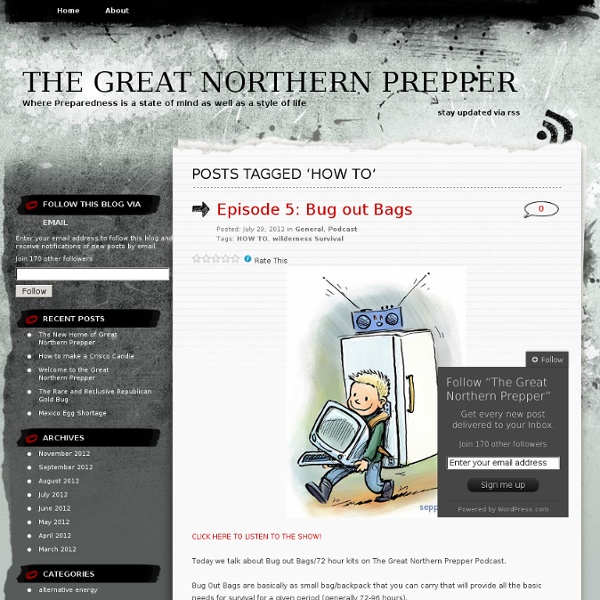The Great Northern Prepper

Daily Survival
The Prepper Broadcasting Network
SurvivalBlog
The Survival Monkey
Practical Survivor
Bushcraft and Survival Skills
EDC
BladeReviews
The Apartment Prepper's Blog
The Urban Survivalist
Advanced Survival Guide
Survival Biz
Personal Liberty Digest
Personal Liberty provides you with the tips and tools you need to prepare for you and your family’s survival in case of a natural disaster or complete economic collapse. Learn to lead a self-sufficient lifestyle without fear of doomsday. 8 Rules For Preparing On A Budget The greatest way to prepare for disaster with limited resources is to make the best decisions with your money and ultimately explore methods to obtain goods and services without having to spend money. Cash Could Be King After A Crisis Have you ever seen the television commercials in which lines at a store’s checkout counters move briskly when customers are using the sponsor’s credit and debit cards, but slow down considerably when someone has the audacity to use cash? Those advertisements always rub me the wrong way because there are a number of reasons why cash can be preferable — including for budgeting purposes. Anything Can Be A Weapon If You Need It To Be Where to Keep Your Emergency Supplies
Related:
Related:



